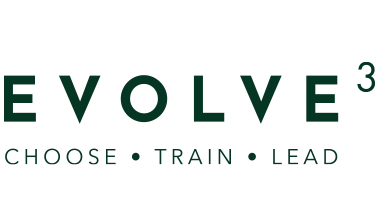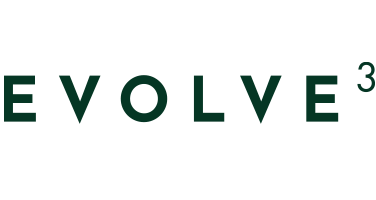
04 Nov Are your trainers all on the same page?
When I was starting out as an apprentice chef, I had to remember as many ways of completing the same task as there were chefs to show me.
You know how it goes, you’re on shift, the supervisor shows you how to complete a task to the standard they expect. But then, the next time you’re working, there’s a different supervisor. They stop you, correct you ‘that’s not the right way, do it like this’, and then show you the way they would prefer the task is done.
Now, imagine this happening every time one of your new staff is on shift trying to learn to do the job the right way? Sound familiar?
This is not an efficient way to train.
Some of the issues of training this way:
- Unnecessary confusion, stress and information overload for the trainee (having to remember multiple methods of performing the same task. And switching methods depending on who is supervising them)
- Inconsistent product and service standards
- Difficulty for team leaders managing wage costs and staff productivity (having to correct staff and debate with them about how to complete tasks to standard because it’s not clear)
The first 3 steps in improving the consistency of your skills training are:
1. Identify what needs to be trained
Decide which skills you want to train and in what order. To make this decision, you need to understand the difference between a job, a duty and a task.
A job – is just the name or title of a person’s position, which is made up of. . .
Duties – the areas of responsibility or accountability within a job, which are made up of. . .
Tasks – these are all the basic units of work that a person does to fulfil their responsibilities.
It is impossible to train someone to do a duty or a job in one session. There is simply too much information to be absorbed and the trainee won’t be able to fully understand or remember all the information presented.
All you can effectively train at once is a task.
2. Set performance standards – there should be only one way of completing every standard task.
To set performance standards, try to answer:
- What does ‘’good’’ look like?
- What should the person be able to do when fully trained?
- What are the performance standards? Think: quantity, quality, time
- What materials, tools or conditions apply?
- How will you test the performance of the person?
3. Task breakdown
To breakdown a task, you need to identify the what, how and why of each step in the task you want to train.
It forces a critical re-assessment of the task and reveals the attitudes, skills and knowledge needed to reach the required performance standard.
After reading this far, you might be thinking ‘I don’t have time to do all of this right now’. If this is the case, a quick assessment to prioritise where to focus your training attention might help.
- What are the tasks I need to train most often?
- What are the top 3 skills I know are inconsistent now and, if retrained would improve customer satisfaction and reduce staff stress and confusion?
- Are there any obvious examples of team leaders training tasks differently from each other that we could standardise and retrain for easy improvements?
If you’d like to learn how to evolve stronger skills training systems in your business, consider attending our How to Train workshop.



